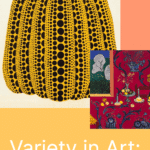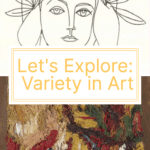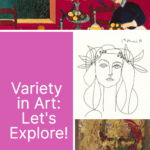Variety is a crucial aspect of art that can add depth and complexity to a piece. It refers to the use of different visual elements such as color, line, shape, texture, and form to create interest and contrast in an artwork. Variety in art is the opposite of repetitive or monotonous use of elements, which can lead to a dull and uninteresting piece.
Understanding variety in art is essential for artists who wish to create dynamic and engaging artworks. By incorporating various elements of art, artists can create a sense of movement, balance, and harmony in their work. The principles of design, such as contrast, balance, and rhythm, also play a significant role in creating variety in art. Techniques such as layering, blending, and mixing can also be used to add variety to an artwork.
Exploring the role of light and color, shape and form, and texture and line can also help artists create variety in their work. By understanding how these elements interact with each other, artists can create depth and dimension in their artwork. Moreover, studying the works of other artists who have effectively used variety in their work can also be a valuable learning experience for aspiring artists.
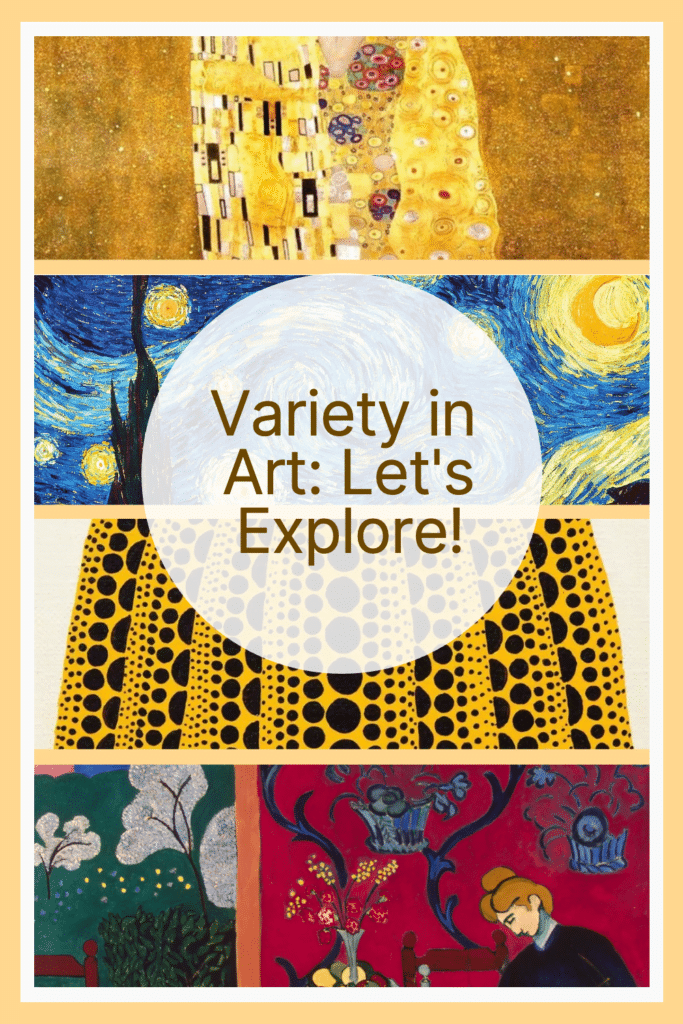
Understanding Variety in Art
Definition of Variety
Variety in art refers to the use of different elements, techniques, and design to create visual interest and excitement. It is a principle of design that allows artists to add depth, dimension, and complexity to their compositions and enhance the viewer’s overall visual experience. Variety can be achieved in many ways, including through the use of color, shape, line, texture, and form.
Importance of Variety
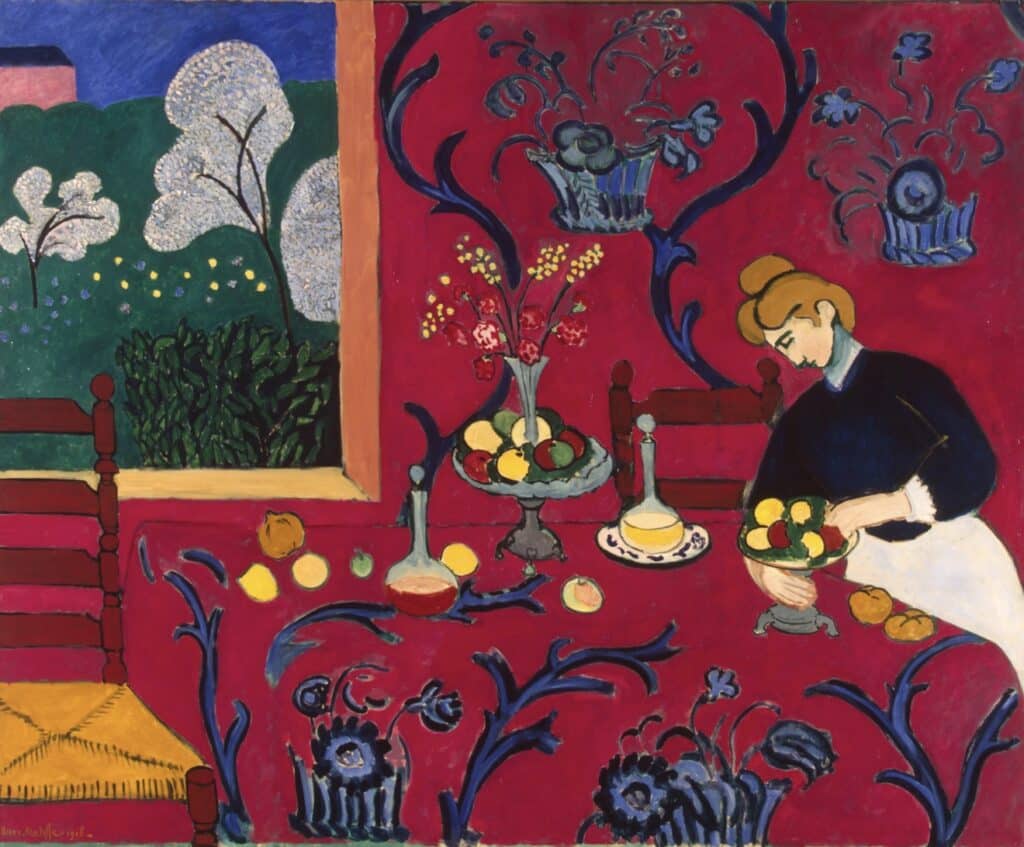
Variety is an essential component of good design. Without variety, a work of art can become monotonous and boring. By incorporating different visual and conceptual elements, artists can keep their work fresh, dynamic, and always full of surprises. Variety adds intrigue to a work of art, and can be used to establish contrast or emphasis. It helps to guide the viewer’s eye through the composition and creates a sense of balance and harmony.
In addition to enhancing the visual interest of a work of art, variety can also help to convey meaning and emotion. Artists can use variety to create a sense of tension or drama, or to evoke a particular mood or feeling. For example, a painting that uses a variety of warm colors may convey a sense of warmth and comfort, while a painting that uses a variety of cool colors may convey a sense of calm or serenity.
Elements of Art
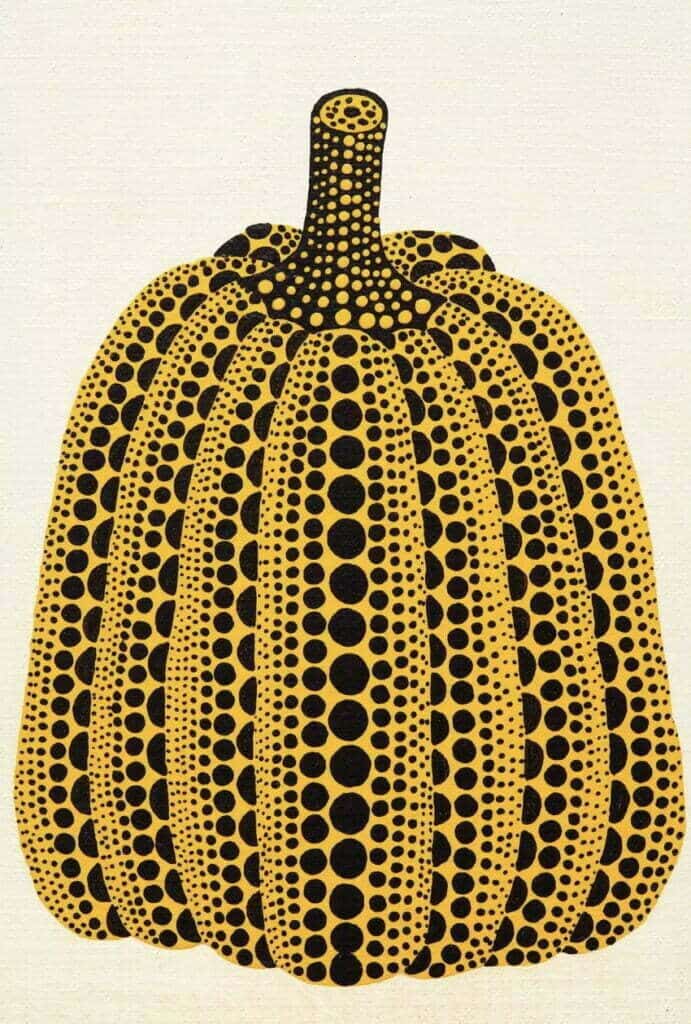
Artists use different art elements to create their artworks. These elements include color, line, shape, texture, space, and form. Each element plays a significant role in the creation of fascinating and complex artworks.
Principles of Design
In art, the principles of design are the techniques or methods by which elements of art are used in an artwork. These principles are used to create a sense of harmony, balance, and unity in the artwork. They help artists to create a composition that is visually appealing and communicates a message effectively. There are seven principles of design: balance, unity, contrast, emphasis, movement, rhythm (or pattern), and harmony.
Pattern is created by repeating different elements. For example, artists induce variety by creating variations of art elements in their art.
Techniques for Adding Variety

Adding variety to an artwork can make it more interesting and engaging for the viewer. There are several techniques that artists can use to add variety to their work.
Using Different Mediums
One way to add variety to an artwork is to use different mediums. For example, an artist might use oil paints for one part of a painting and watercolors for another part. This can create a contrast between the two areas of the painting and make it more visually interesting.
Another way to use different mediums is to combine them in a single artwork. For example, an artist might use charcoal to create a rough sketch and then add color with pastels. This can create a unique texture and depth to the artwork.
Changing Composition
Changing the composition of an artwork can also add variety. For example, an artist might change the placement of objects or the angle of the composition. This can create a new perspective and make the artwork more dynamic.
Another way to change composition is to alter the scale of objects. An artist might create a large object in the foreground and smaller objects in the background. This can create a sense of depth and make the artwork more visually interesting.

Experimenting with Techniques
Experimenting with different techniques can also add variety to an artwork. For example, an artist might experiment with different brush strokes or use a palette knife to create texture. This can create a unique style and make the artwork more visually interesting.
Another way to experiment with techniques is to use unconventional methods. For example, an artist might use a spray bottle to apply paint or use a toothbrush to create splatter effects. This can create a unique texture and make the artwork more visually interesting.
Impact of Light and Color

Art is a diverse field that allows artists to express themselves in unique ways. One of the most important elements in art is color, which can convey emotions and set the mood of a piece. Light is also a crucial factor in art, as it can affect the way colors appear and create different moods. Understanding the impact of light and color is essential for artists to create visually appealing and meaningful works of art.
Understanding the Color Wheel
The color wheel is a tool that artists use to understand the relationships between different colors. It is made up of primary colors (red, blue, and yellow), secondary colors (orange, green, and purple), and tertiary colors (red-orange, yellow-orange, yellow-green, blue-green, blue-purple, and red-purple). Artists can use the color wheel to create harmonious color schemes, such as complementary or analogous colors.
Complementary colors are opposite each other on the color wheel, such as red and green or blue and orange. Using complementary colors can create a bold and striking effect in a piece. Analogous colors are next to each other on the color wheel, such as blue and green or yellow and orange. Using analogous colors can create a more subtle and cohesive effect in a piece.
Using Light and Dark Shades
Light and dark shades can create depth and dimension in a piece of art. Artists can use shading techniques to create the illusion of light and shadow, which can add realism to a piece. Lighter shades can create a sense of brightness and positivity, while darker shades can create a sense of mystery and drama.
Exploring Saturation and Hue
Saturation refers to the intensity or purity of a color. Artists can use saturation to create different moods in a piece. Highly saturated colors can create a sense of energy and excitement, while desaturated colors can create a sense of calmness and tranquility.
Hue refers to the actual color of a pigment. Artists can use different hues to create different moods in a piece. Warm hues, such as red and orange, can create a sense of warmth and energy, while cool hues, such as blue and green, can create a sense of calmness and relaxation.
Exploring Shape and Form

Artists use shape and form to create a visual language that can evoke emotions, convey meaning, and engage the viewer. Understanding the different types of shapes and forms is essential to appreciate the variety in art. In this section, we will explore geometric and organic shapes and positive and negative shapes.
Geometric vs. Organic Shapes
Shapes can be categorized as either geometric or organic. Geometric shapes are precise and regular, like squares, rectangles, and triangles. They are often found in human-made things, like buildings and machines. In contrast, organic shapes are found in nature and are often irregular and asymmetrical, like leaves, flowers, and clouds. Artists use both geometric and organic shapes in their work to create contrast and balance. In fact, combining gemetric and organic shapes create variety in art.
Understanding Positive and Negative Shapes
Positive shapes are the shapes of objects themselves, while negative shapes are the shapes that surround and define the objects. For example, in a painting of a tree, the tree itself is the positive shape, while the sky and the space between the branches are the negative shapes. Artists use positive and negative shapes to create a sense of depth and balance in their work. By manipulating the relationship between positive and negative shapes, artists can create dynamic compositions that draw the viewer’s eye.
Role of Texture and Line
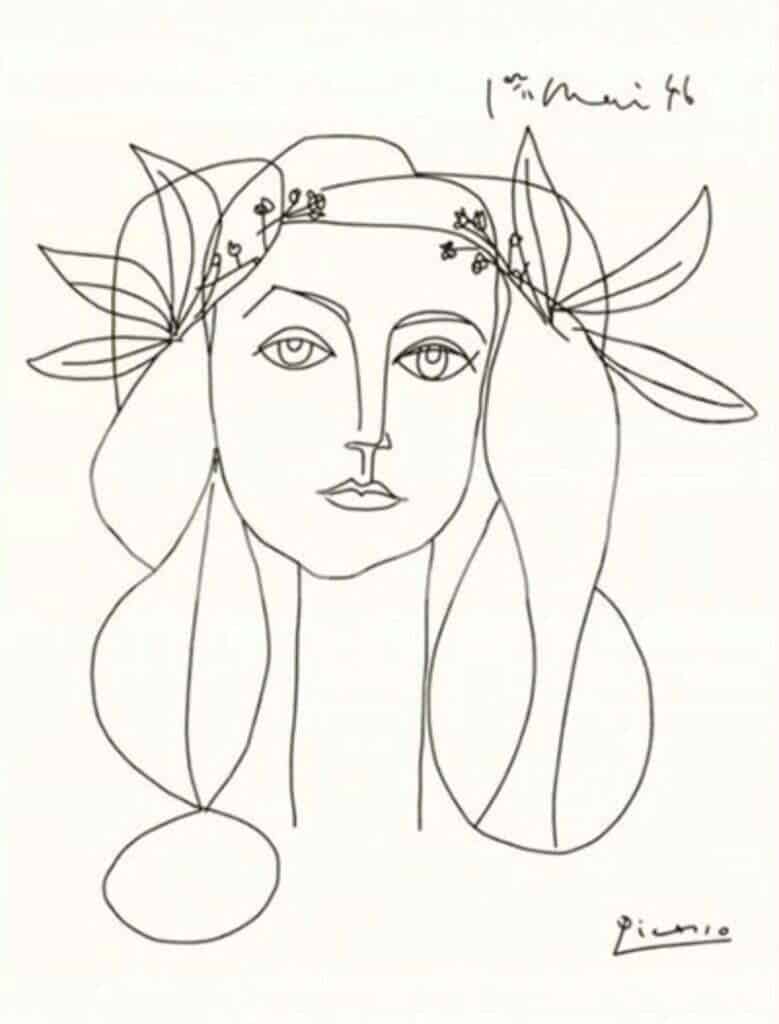
Texture and line play a significant role in creating variety in art. They are both essential elements that artists use to add interest, depth, and dimension to their work. Texture refers to the look and feel of a surface, while line refers to the path created by a moving point.
Variety in Brush Strokes
One way that artists can create texture in their work is through brush strokes. By using different sized and shaped brushes, artists can create a range of textures, from smooth and polished to rough and textured. They can also use other tools such as sponges, knives, or even their fingers to apply paint to the canvas. The texture created by brush strokes can help to convey mood, emotion, and atmosphere in a piece of art.
Exploring Line Variety
Line variety is another way that artists can create interest and variety in their work. An artist may create an outline drawing by varying the thickness, length, and direction of lines. Artists can create a range of effects, from bold and dramatic to delicate and subtle. Straight lines can convey stability and order, while curved lines can suggest movement and fluidity. The use of line can also help to create depth and perspective in a piece of art.
Artists and Variety
Variety is an essential element in art that allows artists to create interest, contrast, and complexity in their artwork. Many artists have utilized variety in their work to enhance the visual experience of the viewer. In this section, we will explore two artists who have used variety in their work to great effect.
Van Gogh’s Use of Variety
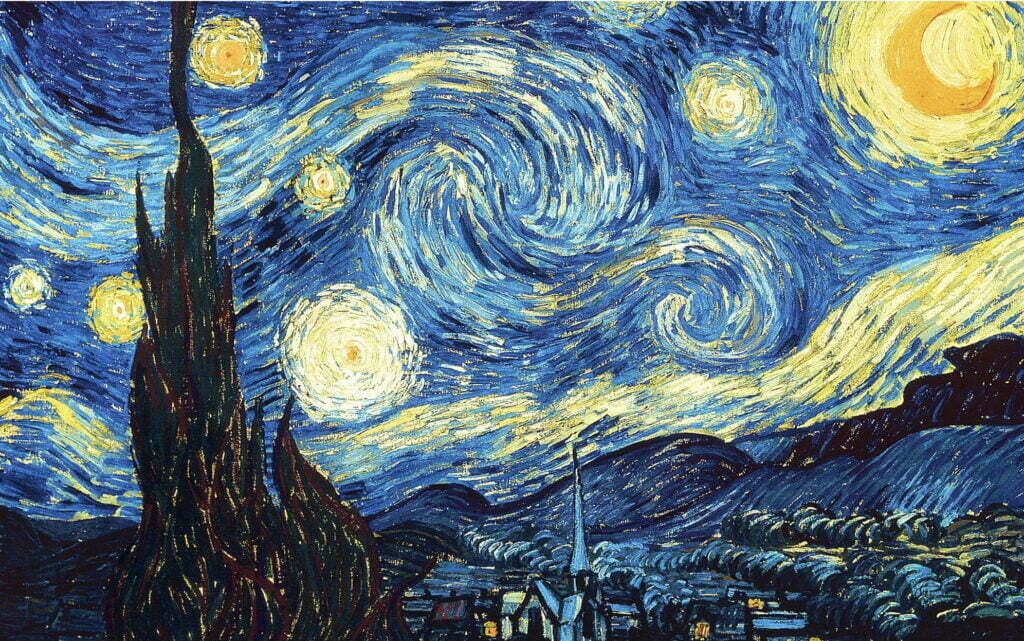
Vincent van Gogh is a well-known artist who used variety in his work to create dynamic and expressive paintings. He often used bold brushstrokes, vibrant colors, and varied textures to create depth and movement in his paintings. Van Gogh’s use of variety can be seen in his famous painting Starry Night, where he used a variety of brushstrokes and colors to create a swirling and dynamic sky.
Van Gogh’s use of variety was not limited to his brushstrokes and colors. He also experimented with different mediums and techniques, such as using impasto to create thick and textured surfaces in his paintings. Van Gogh’s use of variety helped to create a unique and expressive art style that has become instantly recognizable.
Gustav Klimt and Variety
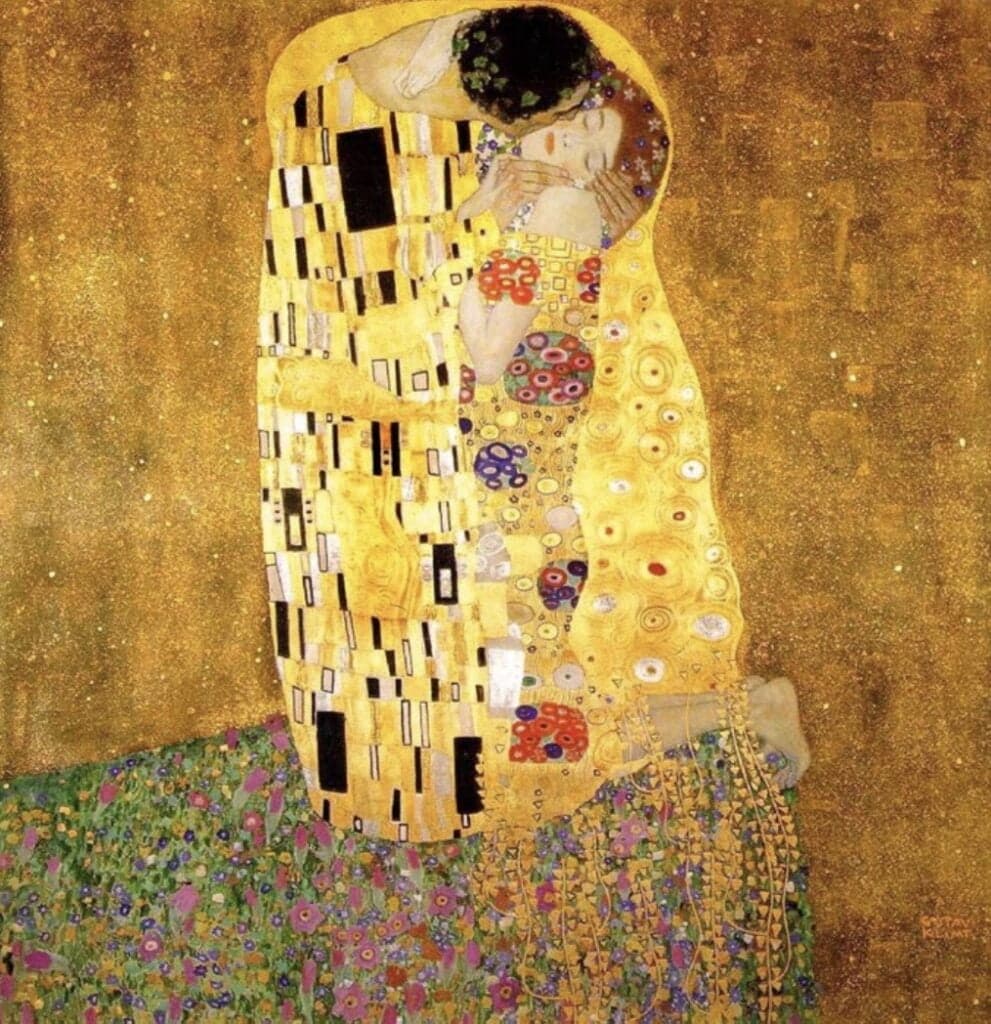
Gustav Klimt was an Austrian artist who is known for his use of decorative elements and ornamental motifs in his paintings. Klimt often used gold leaf and metallic paints to create intricate patterns and designs in his work. His use of variety can be seen in his famous painting The Kiss, where he used a variety of patterns and colors to create a rich and luxurious image.
Klimt’s use of variety was not limited to his decorative elements. He also experimented with different compositional techniques, such as using asymmetrical balance and overlapping shapes to create a sense of depth and movement in his paintings. Klimt’s use of variety helped to create a unique and ornate style that has become synonymous with his name.

Conclusion
Variety in art is a crucial principle that artists must master to create engaging and compelling works of art. By incorporating visual diversity in their pieces, they can create interest, contrast, and complexity that can enhance the viewer’s overall visual experience.
Other articles you may enjoy…

